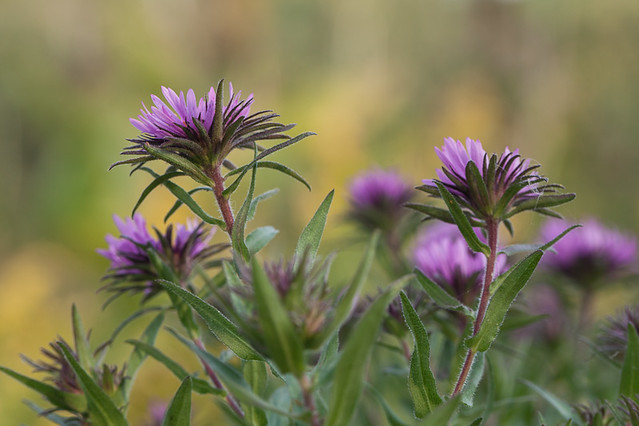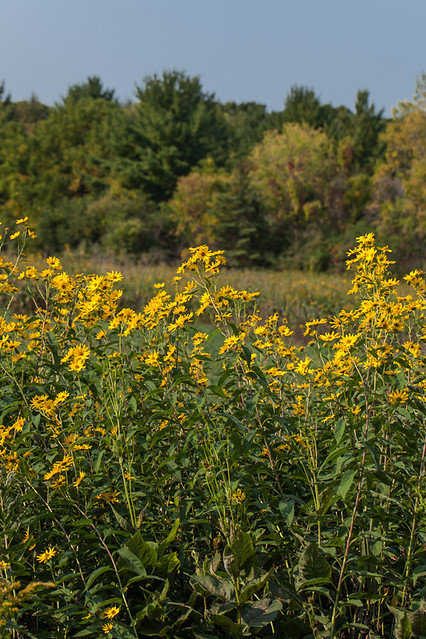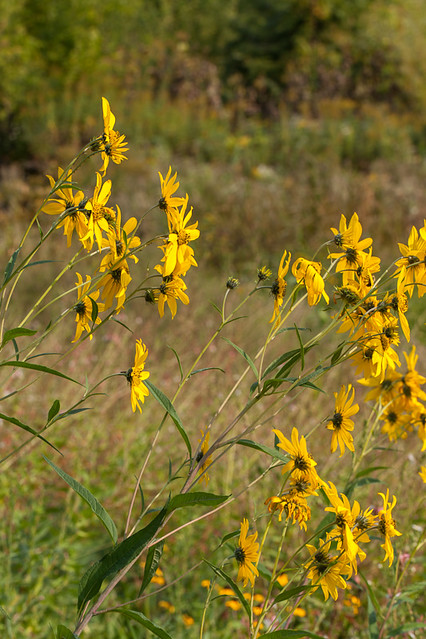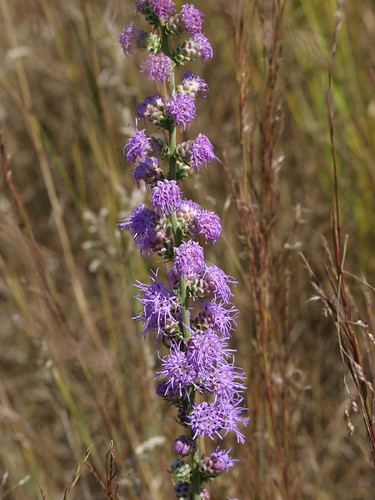
Tramadol Online Buy Prairie Color in Asters © 2012 Bo Mackison
“What is seen by the eye is transformed and colored by the vision of the mind.” ~ Robert Wade
These asters are my favorite of all the asters. Not delicate and petite, but rather “in your face” and frazzled, full of the spirit that they require as one of the last flowering prairie plants of the autumn. They can manage a bit of stress, too. They can survive a mild frost easy enough, though once a hard frost hits, the prairie fades from golden and russet to deeper shades of brown. The flowers’ pale, shrivel, and drop upon the prairie earth.
So when I walk in the prairie as the season turns (officially) from summer to autumn, I always check on how the spirited, aromatic asters are doing. I smile at the bits of color left in the prairie, those blossoms of bright purple.
——————
Bo Mackison is a photographer and the owner of Seeded Earth Studio LLC. Walking in the prairie is a walk for the senses and a balm for the depleted soul.















